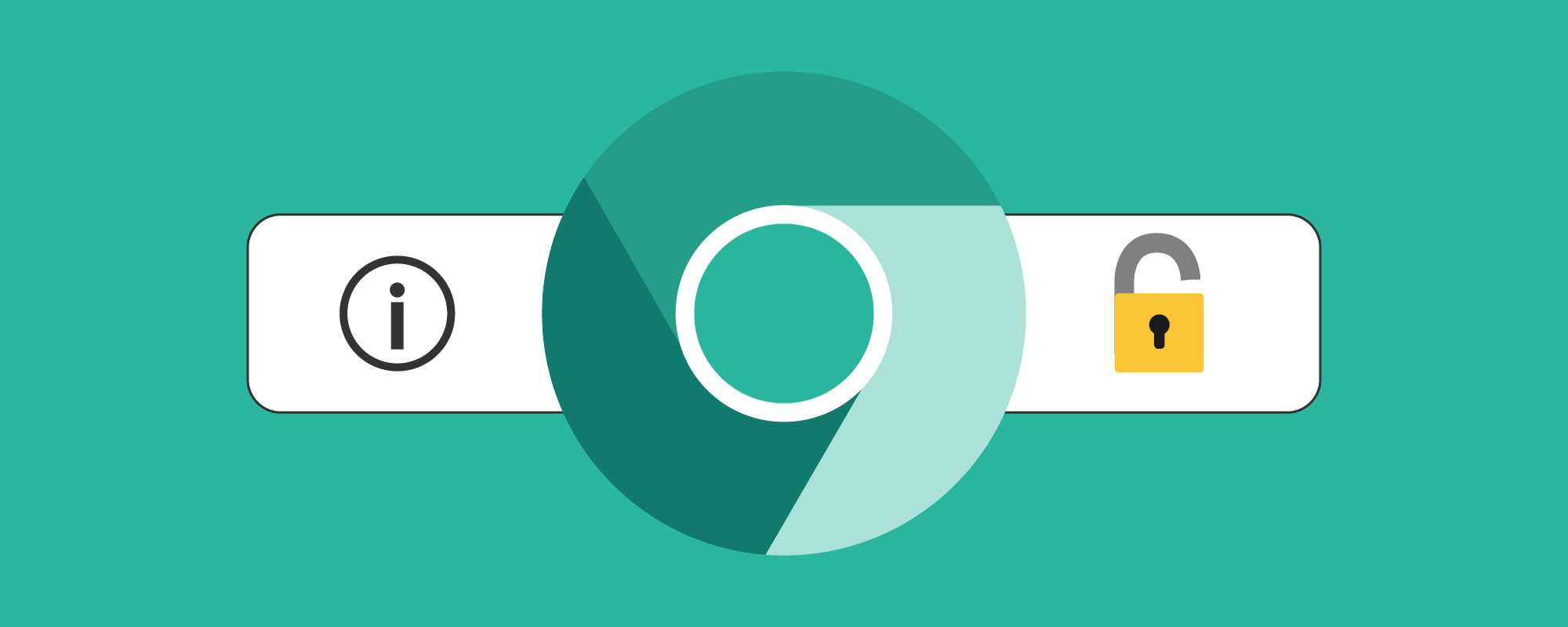HTTP VS. HTTPS: Our Advice for Non-Secure Websites

In case you missed it, Google’s been pushing for HTTPS updates for a while now. If you need a refresher, check out our article on the Digital Agency Network. Though it’s been a trend for a few years now, it’s still important to ensure that your site is staying on top of the secure trend.
What’s going on?
Here’s the short version: Google’s latest Chrome update included a feature that tells users when they’re visiting a non-secure site. Instead of showing a little “i” in front of the site to inform the user that the site is non-secure like before, Chrome is now showing the words “not secure” in front of the URL.
Why is this a big deal?
Google informed webmasters and publishers of this change 6 months prior to the release to give sites time to make the migration. In case you believe that this change is unimportant to your business, Google released some facts to go along with their announcement.
-Over 68% of Chrome traffic on both Android and Windows is now protected
-Over 78% of Chrome traffic on both Chrome OS and Mac is now protected
-81 of the top 100 sites on the web use HTTPS by default
These facts make this change hard to ignore. Google gives sites with HTTPS a ranking boost, plus it helps your site’s trustworthiness.
If you’re not HTTPS yet, don’t worry. Our team is here to help.
Advice from our analysts
Stephanie Castillo, Manager, SEO & Content
“If you are considering a site migration, make sure that you follow all necessary steps to ensure nothing is dropped.
For example, make sure you revise your robots.txt to make sure you haven’t restricted your HTTPS pages and ensure there are no no-index tags on HTTPS tags. Also, make sure you set up 301 redirects from HTTP to HTTPS, so you don’t lose valuable traffic.”
Courtney Culligan, Analyst, SEO & Content
“Overall, the pros outweigh the cons when deciding to implement SSL and it would be to your advantage to make your site secure.
Some of the pros include a guarantee that the information a browser is receiving originates from the initial domain, a ranking boost from Google, and the SSL certificate gives users more confidence in using your site, which lowers bounce rates overall.”
Make sure to consider canonicals. Once the secure site goes live, all canonicals must be checked to ensure that there aren’t any pointing to an HTTP page. Also, SSL connections may take longer to set up, but this is typically negligible and testing for latency can catch any issues that could occur.”
—
Ready to take the HTTPS leap? Our team is here to help.

Originally from San Jose, CA, Casey Morris is a rising senior at Loyola University Chicago. When she’s not doing digital marketing, she enjoys calligraphy, bullet journaling, and dad jokes.
